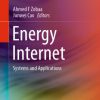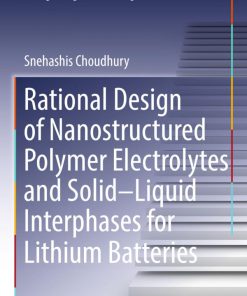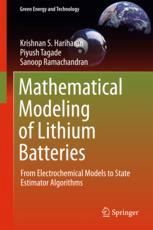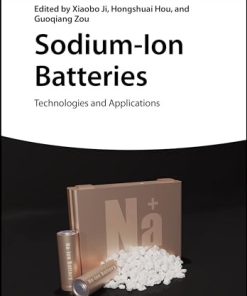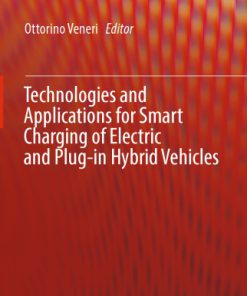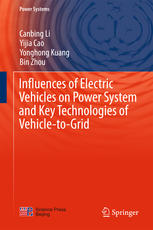Rechargeable Lithium-Ion Batteries: Trends and Progress in Electric Vehicles 1st Edition Thandavarayan Maiyalagan 1351052683 9781351052689
$50.00 Original price was: $50.00.$25.00Current price is: $25.00.
This completed downloadable of Rechargeable Lithium-Ion Batteries: Trends and Progress in Electric Vehicles 1st Edition Thandavarayan Maiyalagan
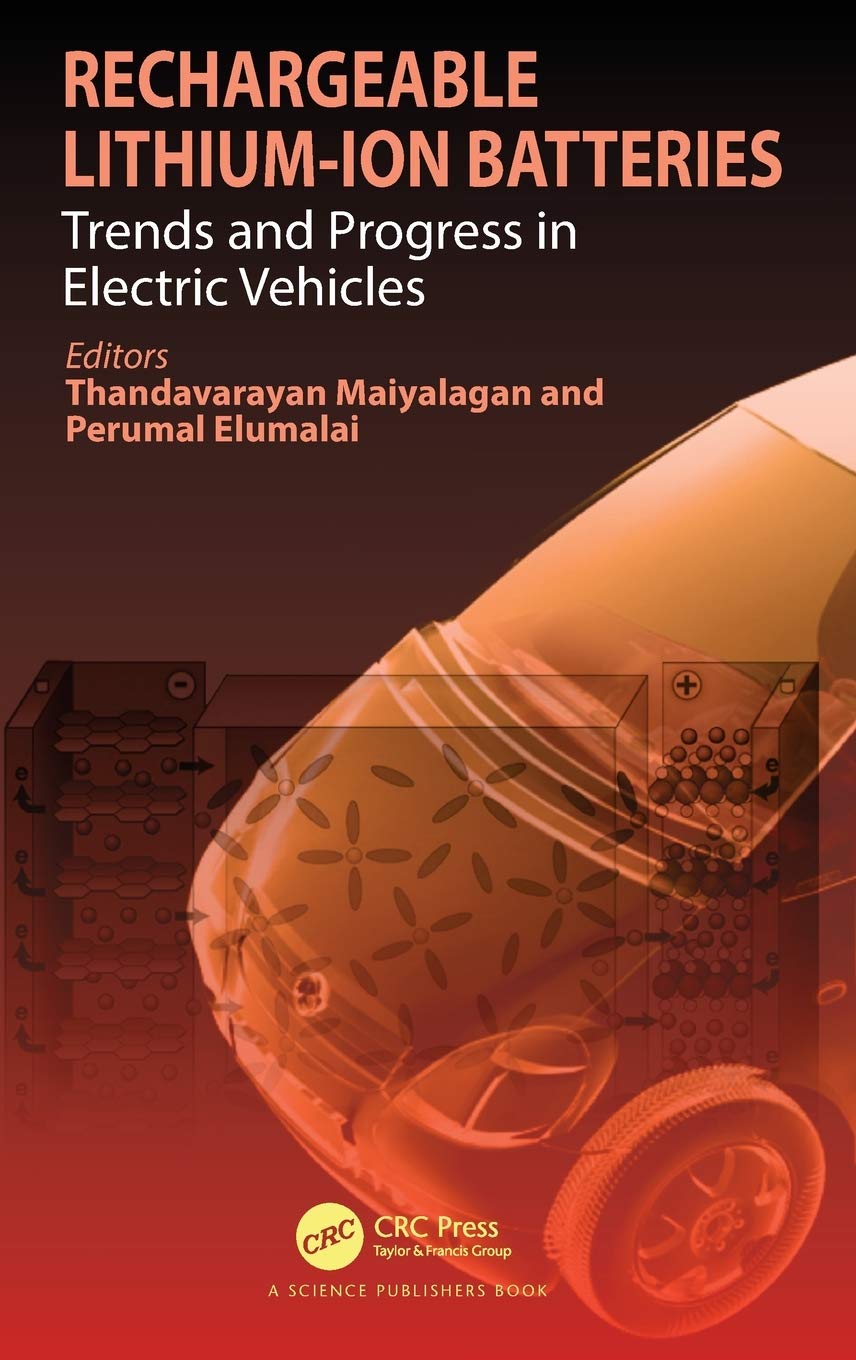
Instant downloaded Rechargeable Lithium-Ion Batteries: Trends and Progress in Electric Vehicles 1st Edition Thandavarayan Maiyalagan pdf docx epub after payment.
Product details:
- ISBN 10: 1351052683
- ISBN 13: 9781351052689
- Author: Thandavarayan Maiyalagan
Lithium-ion batteries are the most promising among the secondary battery technologies, for providing high energy and high power required for hybrid electric vehicles (HEV) and electric vehicles (EV). Lithium-ion batteries consist of conventional graphite or lithium titanate as anode and lithium transition metal-oxides as cathode. A lithium salt dissolved in an aprotic solvent such as ethylene carbonate and diethylene carbonate is used as electrolyte. This rechargeable battery operates based on the principle of electrochemical lithium insertion/re-insertion or intercalation/de-intercalation during charging/discharging of the battery. It is essential that both electrodes have layered structure which should accept and release the lithium-ion. In advanced lithium-ion battery technologies, other than layered anodes are also considered. High cell voltage, high capacity as well as energy density, high Columbic efficiency, long cycle life, and convenient to fabricate any size or shape of the battery, are the vital features of this battery technology. Lithium-ion batteries are already being used widely in most of the consumer electronics such as mobile phones, laptops, PDAs etc. and are in early stages of application in HEV and EV, which will have far and wide implications and benefits to society.
Table of contents:
1. Fundamental Principles of Lithium Ion Batteries
2. Issues and Challenges of Rechargeable Lithium Batteries
3. Advances in Rechargeable Lithium Ion Batteries and their Systems for Electric and Hybrid Electric Vehicles
4. Advanced Lithium Ion Batteries for Electric Vehicles: Promises and Challenges of Nanostructured Electrode Materials
5. Advanced High Voltage Cathode Materials for Rechargeable Lithium Ion Batteries
6. Nickel-based Cathode for Li-ion Batteries
7. Graphene-based Composites as Electrode Materials for Lithium Ion Batteries
8. Polymer Electrolytes for Lithium Ion Batteries
9. Processes and Technologies for the Recycling and Recovery of Spent Lithium Ion Batteries
10. Batteries Charge Controller and Its Technological Challenges for Plug-in Electric and Hybrid Electric Veh
People also search:
best rechargeable lithium ion batteries
are rechargeable lithium ion batteries allowed on planes
shelf life of rechargeable lithium-ion batteries
how do rechargeable lithium ion batteries work
aa rechargeable lithium ion batteries
You may also like…
Engineering - Automotive
Engineering - Engineering - General & Miscellaneous


